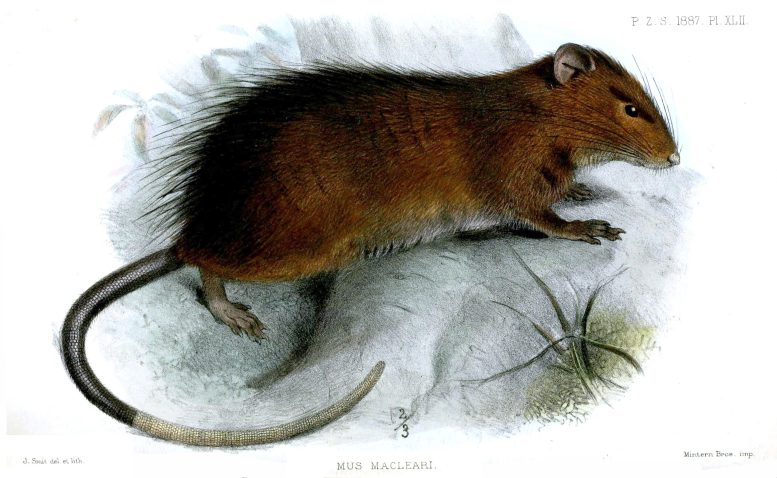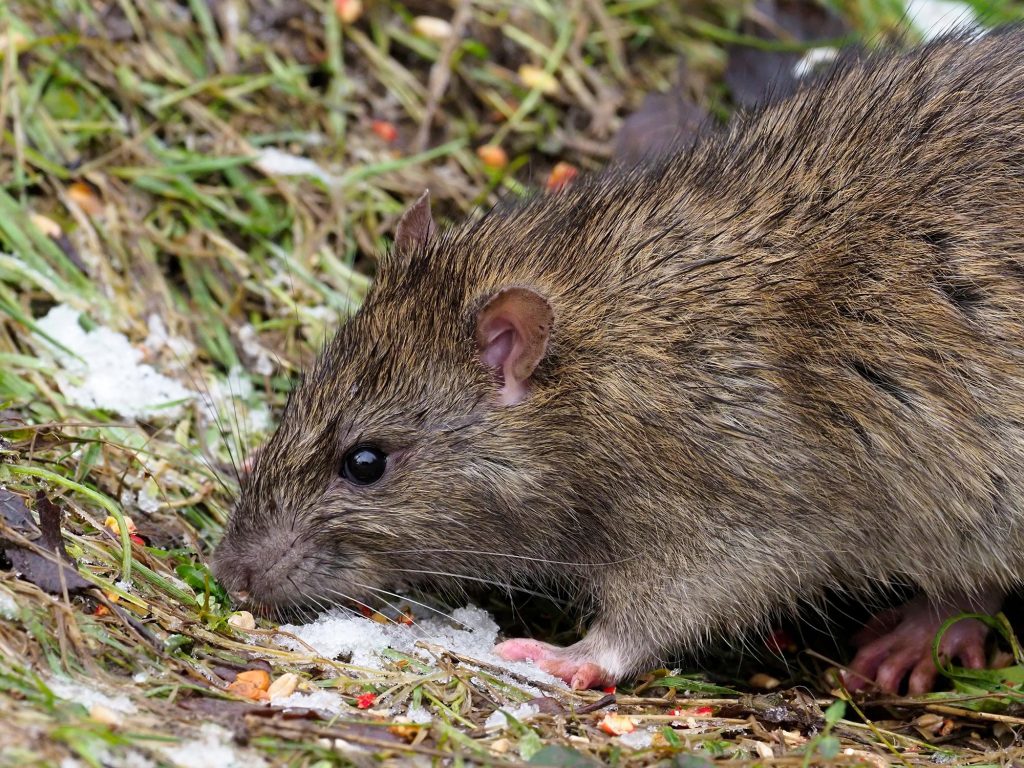Los dinosaurios se extinguieron hace 65 millones de años, los mamuts se extinguieron hace 4000 años y Christmas Island se extinguió hace 119 años. Desde que se convirtió en un concepto popular en la década de 1990, los esfuerzos para eliminar la extinción se han centrado en animales grandes de estatus legendario, pero en un artículo de investigación publicado el 9 de marzo de 2022 en la revista biología actualun equipo de paleontólogos vuelve su atención hacia él Rato McClearySus hallazgos brindan información sobre las limitaciones de eliminar la extinción en todas las especies.
El acto de extinción está definido por lo desconocido. Al secuenciar los genomas de especies extintas, los científicos enfrentan el desafío de trabajar con especies en declive[{» attribute=»»>DNA, which doesn’t yield all the genetic information required to reconstruct a full genome of the extinct animal. With the Christmas Island rat, which is believed to have gone extinct because of diseases brought over on European ships, evolutionary geneticist Tom Gilbert at University of Copenhagen and his colleagues lucked out.
Not only was the team able to obtain almost all of the rodent’s genome, but since it diverged from other Rattus species relatively recently, it shares about 95% of its genome with a living rat, the Norway brown rat. “It was a quite a nice test model,” says Gilbert. “It’s the perfect case because when you sequence the genome, you have to compare it to a really good modern reference.”

Maclear’s rat (Rattus macleari) is an extinct large rat endemic to Christmas Island in the Indian Ocean. Credit: Joseph Smit, Proceedings of the Zoological Society of London 1887
After the DNA has been sequenced as well as possible and the genome is matched up against the reference genome of the living species, the scientists identify the parts of the genomes that don’t match up and, in theory, would then use CRISPR technology to gene edit the DNA of the living species to match that of the extinct one. The brown-rat-to-Christmas-Island-rat scenario is a particularly good test case because the evolutionary divergence is similar to that of the elephant and the mammoth.
Though the sequencing of the Christmas Island rat was mostly successful, a few key genes were missing. These genes were related to olfaction, meaning that a resurrected Christmas Island Rat would likely be unable to process smells in the way as it would have originally. “With current technology, it may be completely impossible to ever recover the full sequence, and therefore it is impossible to ever generate a perfect replica of the Christmas Island rat,” says Gilbert.
“It is very, very clear that we are never going to be able to get all the information to create a perfect recovered form of an extinct species,” he says. “There will always be some kind of hybrid.” Though a replica will never be perfect, the key is that scientists are able to edit for the DNA that makes the extinct animal functionally different from the living one.
Gilbert says that in order to make an ecologically functional mammoth, for example, it might be enough to edit elephant DNA to make the animal hairy and able to live in the cold. “If you’re making a weird fuzzy elephant to live in a zoo, it probably doesn’t matter if it is missing some behavioral genes,” he says. “But that brings up a whole lot of ethical questions.”
Gilbert plans to try doing the actual gene editing on rats but would like to start with species that are still living. He intends to begin by doing CRISPR edits on a black rat genome to change it to a Norway brown rat before attempting to resurrect the Christmas Island rat. Though he is excited about his future research, the whole process still gives him pause. “I think it’s a fascinating idea in technology, but one has to wonder if that’s the best use of money as opposed to keeping the things alive that are still here,” he says.
Reference: “Probing the genomic limits of de-extinction in the Christmas Island rat” by Jianqing Lin, David Duchêne, Christian Carøe, Oliver Smith, Marta Maria Ciucani, Jonas Niemann, Douglas Richmond, Alex D. Greenwood, Ross MacPhee, Guojie Zhang, Shyam Gopalakrishnan and M. Thomas P. Gilbert, 9 March 2022, Current Biology.
DOI: 10.1016/j.cub.2022.02.027
This work was supported by the European Research Council and the Danish National Research Foundation.

«Organizador aficionado. Aspirante a evangelista de la cerveza. Fanático de la web en general. Ninja certificado de Internet. Lector ávido».







More Stories
SpaceX organiza el segundo de dos lanzamientos de dos días desde la Costa Espacial – Orlando Sentinel
¡rápido! Que alguien consiga este libro médico.
Excavaciones antiguas llevan al descubrimiento de los reptiles marinos más grandes conocidos